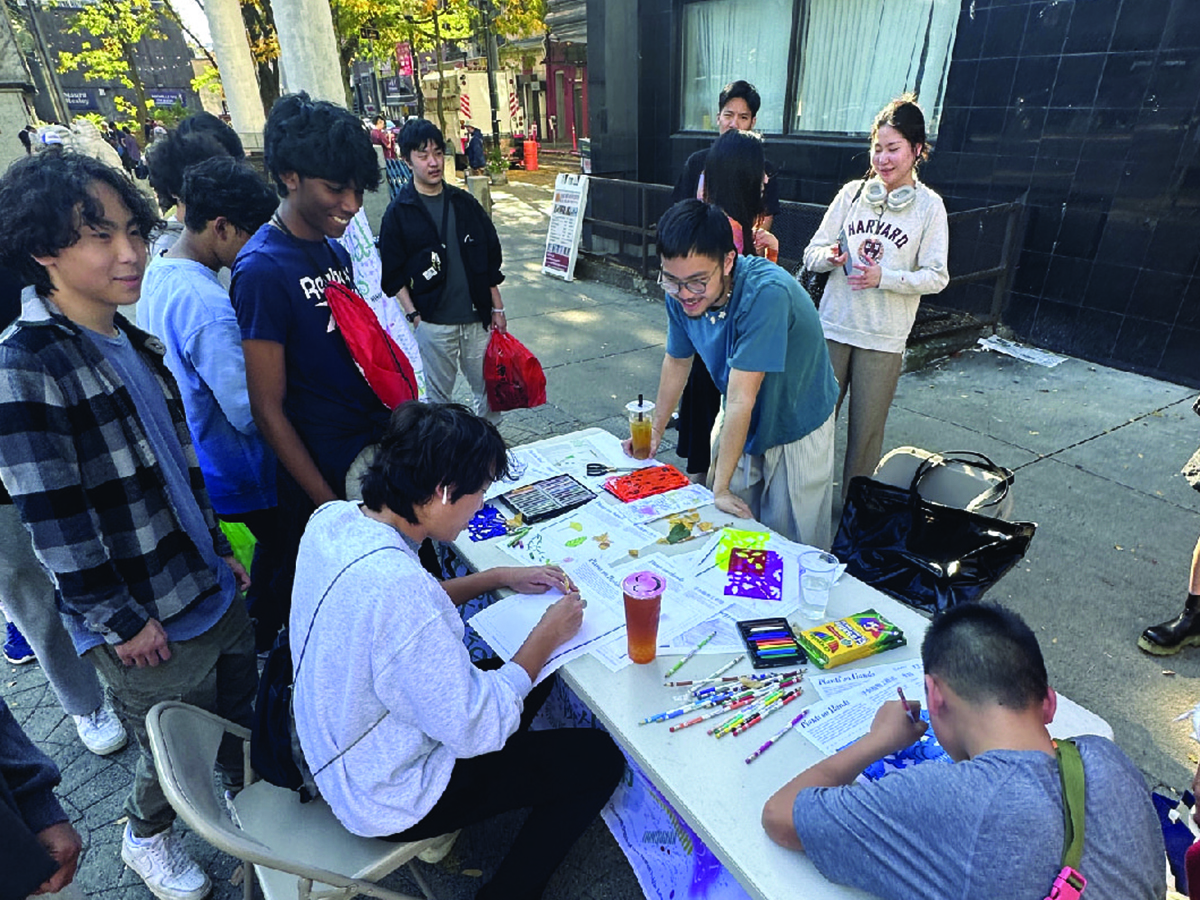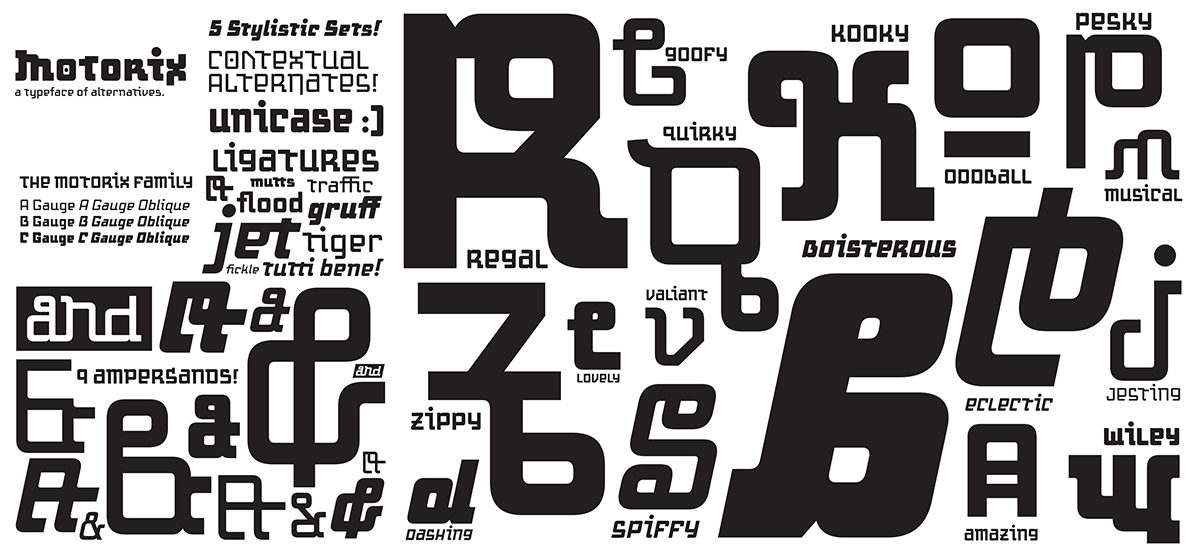Chen Luo
Lecturer
Boston University
My research is centered on pedagogical workshops and embodied publishing that encourage cultural exchange through collective practicing and community building.
I believe the pedagogical workshop as an interrogative exercise is a place where practice has no preconceived outcomes, but engages with dialogue, risks, intuitive creativity, and happy accidents. The workshops bridge making and thinking, focusing the process rather than the final results. They serve as a tool to gather individuals who want to practice together without hierarchy and institutional pressure.
The programs and writers, such as Typography Summer School, Workshop Project, Vilém Flusser, etc. inspired me to think about workshops as a place to gather discussion and craft on the need for today’s graphic design curriculum, and the relevance of typography in design history and the part it plays in today’s society. Etc. A workshop I designed with designer Chuck Gonzales, we asked students to list vocabulary related to their identity, culture, love/hate, methodology and previous work. Then they connect any two listed words into a final deliverable which is not disciplined in a certain format, but visually and sensorly engaging. The goal is to build connections among one’s beliefs and interests by considering materials, languages, performance, identity, scales, spaces at a fast pace. There are workshops that transform research into collective visual experiments. My methodology begins with trust-building exercises and instructional constraints, allowing unexpected possibilities to happen during the process. In the “Pen+Pen-Pen” workshop, hosted in multiple Art Book Fairs, Designer Bella Tuo and I made a set of creative pen tools that provide variable lengths and multiple participants to hold a pen at once. By using the pens to experiment with symmetrical typography patterns, we questioned how to create sustainable tools built upon the existing art material, and what exchange would affect in a group practice. The prompt was inspired by artist Job Wouters’ methodology.
Through transforming participants’ responsive creation into performative and installation typography through the process of writing, sharing, and moving. We explored the boundaries between bodies and language, typography and space, the individual and the communal. In “Embodied Making as Collective Publishing: The Body and Hanzi”, hosted in Boston Art Book Fair 2022. Mary Yang and I designed this workshop to explore embodied making and publishing. During this workshop, we explored the relationship between the body and Hanzi (Chinese characters) through a series of hands-on exercises to create collaborative, large-scale wearable posters. With participants who have/have no Chinese background, we proposed questions including what does collective publishing look like through collaborative labor in a shared space and time and how can this workshop create a space for cultural exchange and expression. The workshop was not only a typography experimentation, but also more lively with posing, collective moving, dancing, and photography. I have enjoyed practicing the phonetics and hieroglyphics of Hanzi through letterform writing. My aim is to create a new interplay of workshops by activating the body and traditional graphic design mediums. It fosters a sequence of processes, discourse, culture expression, and prolongs the conversation after the completion of a project.
This design research is presented at Design Incubation Colloquium 11.1: Boston University on Friday, October 25, 2024.

